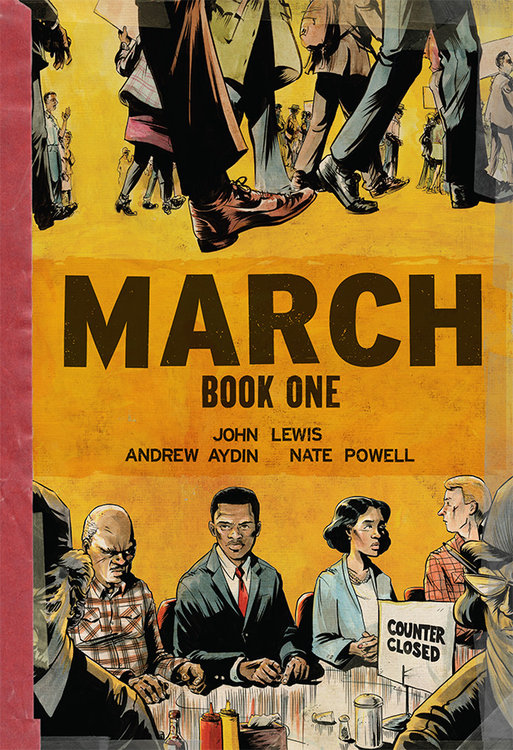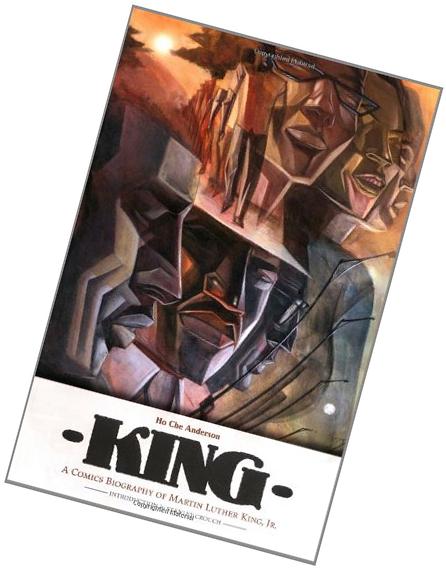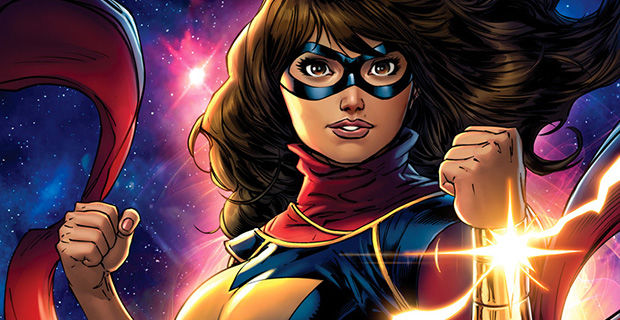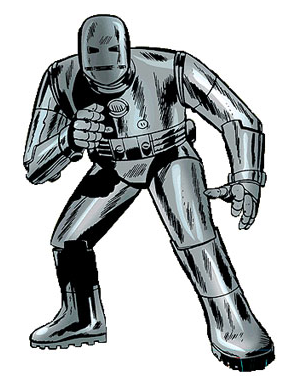Would the Real Lex Luthor Please Stand Up? Changing Actors in Comic Book Films
One of the few cool facts about my hometown–other than that the Roseanne house is here–is that Lex Luthor comes from here. Not the villain himself, though that would also be neat, but Michael Rosenbaum, who played him in Smallville. I watched that show on the tiny wood-paneled box of a television on my grandparents’ screened-in porch. I though, I want to be as lucky as him.
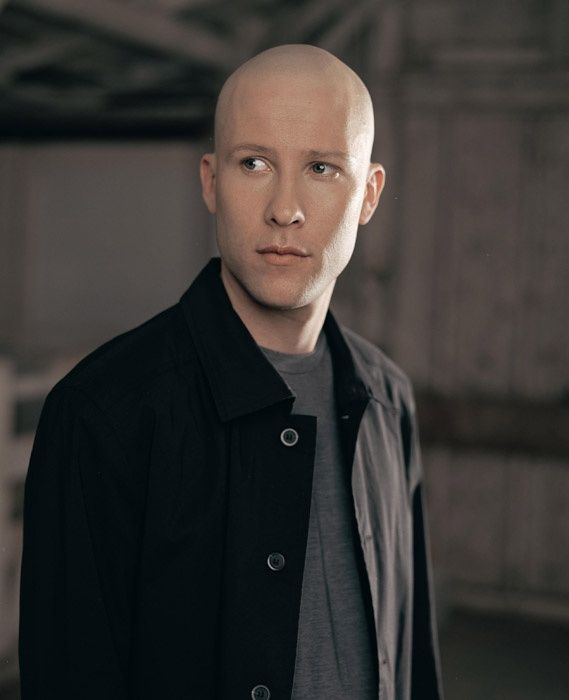
{Image is a still of Michael Rosenbaum as Lex Luthor in Smallville. He is looking to the left. He is wearing a grey t-shirt under an unbuttoned black shirt. He is bald.}
My talents lie in writing, not acting, and it’s too difficult to maintain a perfectly shaved head, so I don’t think I have a future as Lex Luthor. But many people have played him, each with a different flair. Rosenbaum played young Lex, who starts out as Clark’s friend. Gene Hackman’s Lex wore a hairpiece in the Superman films. And now there’s Jesse Eisenberg, who, to the alarm of some fans, has a full head of hair.
Have you seen the Batman V. Superman trailer? Here:
Before I watched the trailer, I was worried about Eisenberg’s Lex. Now? He and Wonder Woman are tied for the reason I go to see this film. His character’s not the same as other iterations of Lex Luthor, but he’s still terrifying.
In today’s lesson plan, your students will explore different incarnations of the same character.
Students will engage in visuals, lecture, discussion, and whole group instruction.
Materials Needed:
- Computer
- Projector
- DVD player
- DVD copy of Smallville
- Notebooks/writing utensils
- Computers for student use with monitored access to YouTube
Standards Met:
- CCSS.ELA-LITERACY.RH.9-10.6 Compare the point of view of two or more authors for how they treat the same or similar topics, including which details they include and emphasize in their respective accounts.
- CCSS.ELA-LITERACY.CCRA.W.7 Conduct short as well as more sustained research projects based on focused questions, demonstrating understanding of the subject under investigation.
- Ask the students to give you an example of a TV or film character they like who has been portrayed by multiple actors. This character does not have to be a superhero. This discussion should take less than five minutes.
- Show the class a bit of Smallville with Lex Luthor in it. Your choice if you show them a clip or a whole episode.
- Have the students raise their hands and tell the class some of Lex’s character traits as well as physical traits in Smallville.
- Show the class the Batman V. Superman trailer.
- Have the students raise their hands and tell the class some of Lex’s character traits as well as physical traits in the trailer. How does this Lex differ from Smallville‘s Lex?
- Ask the students if any of them noted the differences between the two Superman characterizations.
- Tell the students that they will each choose a TV/film character (not necessarily a superhero–think Dumbledore or soap opera characters) who has been portrayed by different actors. They will analyze these different performances and write an essay about their character traits, physical traits, and the overall differences between their films. If the film is based on a novel, they may include the novelization in their analysis. They may also add one paragraph of their own opinion of which actor played the role best, but the paper should mostly be objective analysis.
- Allow the students to do some research in class. Make sure to monitor their use of computers, particularly YouTube, as they research. They may finish their papers at home.
